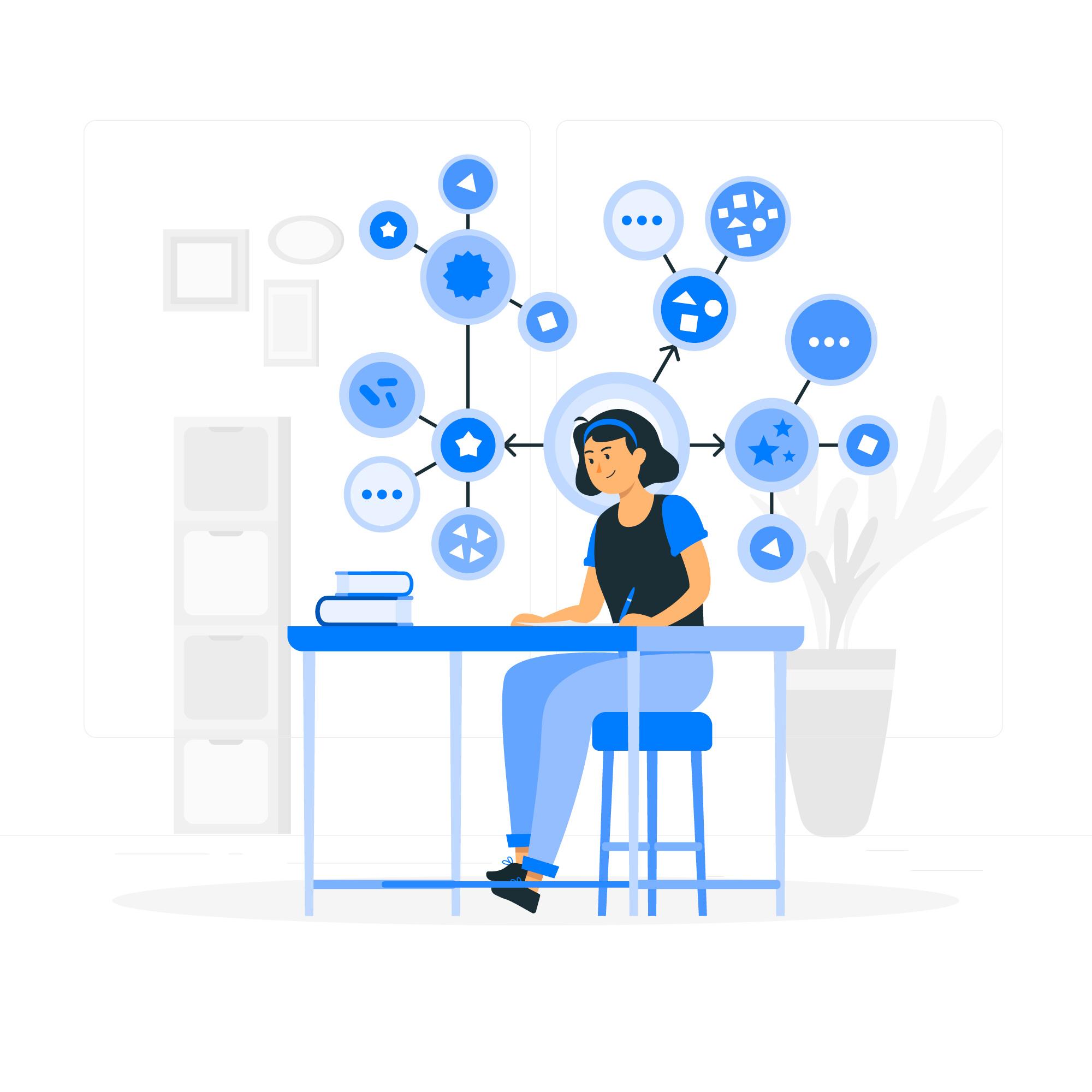
Artificial intelligence (AI) is revolutionizing various industries, and the world of design is no exception. From graphic design and user experience (UX) design to product design and architecture, AI is transforming the creative landscape. This article explores the role of AI in design, its applications, benefits, and the ethical considerations that come along with it.
The Promise of AI in Design:
AI offers a range of possibilities for designers, augmenting their capabilities and enhancing the creative process. Some of the key applications of AI in design include:
- Automated Design Processes: AI-powered tools can automate repetitive tasks, such as generating layout options, color palettes, or typography choices, freeing up designers’ time for more strategic and creative thinking.
- Data-Driven Insights: AI can analyze vast amounts of data and user feedback to provide valuable insights for design decision-making. This data-driven approach helps designers create more user-centric and personalized experiences.
- Intelligent Design Assistance: AI algorithms can assist designers in generating design suggestions, offering real-time feedback, and predicting user preferences, helping them make informed design choices.
- Generative Design: AI algorithms can generate design options based on specific constraints and objectives, enabling designers to explore a wide range of possibilities and discover innovative solutions.
Benefits of AI in Design:
- Increased Efficiency: AI automates time-consuming tasks, allowing designers to focus on more creative and strategic aspects of their work.
- Enhanced Creativity: AI-powered tools can inspire designers, generate fresh ideas, and push the boundaries of creativity by offering new perspectives and possibilities.
- Improved User Experiences: AI-driven insights enable designers to create more personalized and user-centric experiences, resulting in enhanced usability and customer satisfaction.
Ethical Considerations:
While AI brings numerous benefits to the field of design, ethical considerations must be taken into account:
- Bias and Discrimination: AI algorithms can perpetuate biases present in the data they are trained on. Designers must be mindful of potential biases and actively work to ensure fairness and inclusivity in their designs.
- Transparency and Explainability: The decision-making process of AI algorithms should be transparent and explainable to maintain trust and accountability.
- Human-Centered Design: Designers should strike a balance between AI automation and human creativity, ensuring that human values, empathy, and intuition remain at the core of the design process.
Conclusion:
AI is reshaping the landscape of design, empowering designers with new tools and capabilities. By leveraging AI’s potential responsibly and ethically, designers can unlock new levels of creativity, efficiency, and user-centricity. As AI continues to evolve, it is essential to embrace its possibilities while keeping human-centered design principles at the forefront, creating a harmonious blend of artificial intelligence and human creativity.


